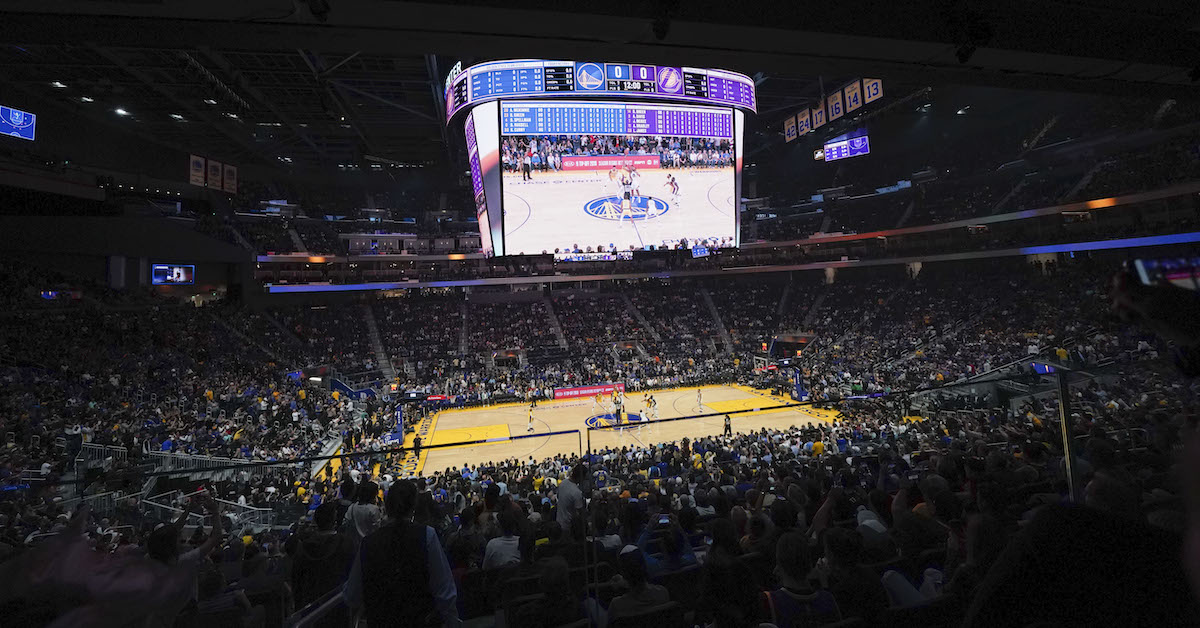Five steps for Nigeria’s athletes to build personal brands

The Tokyo 2020 Olympics have come and gone. The games always motivate some young people to get into sports. But while there is glamour attached to sports participation, there are also well documented challenges with regard to administration and funding in Nigeria.
Many of the athletes representing Nigeria in Tokyo experienced funding problems as a result of bad administration. The organisation in charge of athletics in Nigeria was enmeshed in a leadership crisis which had a negative impact on preparations for the Olympics. Ten Nigerians were disqualified because the sports federation didn’t conduct sufficient drug testing.
Indicating the poor funding, news emerged that Nigerian shotputter Chukwuebuka Enekwechi, an Olympics finalist, had only one jersey. The crowning embarrassment was when sports goods company Puma ended its US$2.7m sponsorship and licensing agreement with the Athletics Federation of Nigeria because of a breach of contract.
Clearly there are challenges with sports management in Nigeria. But athletes can explore alternative sources of financial support. Seeking sponsorship and support is not new in sports. Nigerian bobsledder Seun Adigun launched a GoFundMe page in 2016 to help get the national team to the Winter Olympics. More recently, there’s been a GoFundMe page to support the national women’s basketball team preparing for the 2020 Tokyo Olympics. And the Friends of Nigerian Basketball Foundation raised funds for the men’s basketball team.
Individual athletes, too, have opportunities to benefit from selling the rights to their names, images and likenesses. This allows athletes to earn money through monetising their social media accounts, media appearances and endorsements. For example, Conor McGregor, the Irish mixed martial artist, is one of the highest-paid athletes in the world in 2021. He made 87.7% ($158 million) of his earnings outside his fighting career over the last 12 months. Many athletes are, however, not aware of the possibilities.
I have written on brand management and conducted research on bank brands, university brands, human brands and Africa as a brand. Based on over ten years of work around the issue of brands, which includes a study on the failure of sportswomen to develop their own brands, I suggest five steps for athletes to consider.
How to build a brand
Brands are features that make a product, service or concept distinguishable from another. But humans can be brands too – examples are Pastor Enoch Adeboye, actress Sola Sobowale and music producer Don Jazzy. These people actively work to create a larger-than-life identity for themselves. They do this by engaging with their fans on social media, signing autographs and getting involved in charity activities, for example.
Usain Bolt, the retired Jamaican sprinter, built his brand using his “lightning” pose. The footballer Cristiano Ronaldo’s “Sii” celebration is well recognised around the world. The Williams sisters are known for fashion as well as tennis. These examples show how athletes can build and extend their brand into other industries.
The five crucial steps to getting this far are:
- First, recognise you are a brand. You are known for an exceptional achievement and you have fans and media coverage. People want to see you succeed and be associated with you.
- Second, build that brand. This requires effort and can sometimes involve working with other professionals. My study of sportswomen has shown that athletes’ families can help them build their brand, but ultimately, an athlete may want to work with a sports talent agency. Building the brand involves having a website, a brand identity (logo) and social media presence.
- Third, communicate the brand. It’s necessary to engage and interact. This is where a sports talent agency or a freelancing social media executive comes in. The website should be updated with photographs, diaries and other activities. Athletes should use social media to tell their stories and keep the audience updated with the ups and downs, the successes and the vulnerability. Athletes should build an emotional connection with their fans.
- Fourth, sell the brand. The first three strategies will cause the brand to be recognised over time. When it has acquired value, other brands and companies will want to come on board. My work has shown that others need to see evidence of engagement before they buy in. The brand can then command a price. The athletes also need to have a team that can negotiate the deals in their best interest.
- Fifth, evaluate the brand. Things change and can quickly evolve. For example, Olympic champion sprinter Allyson Felix left Nike and signed with Athleta. Athletes need to ensure they are still getting value for their names, images, and likenesses. The contract can be renewed or renegotiated, or terminated if their values no longer align.
It isn’t easy, but it’s doable
There is currently only one African – Mohammed Salah – listed on Forbes List of highest paid athletes. It’s not that African athletes aren’t good enough, it’s that they need a brand identity.
Building a brand is not easy, but it’s worth trying, especially for athletes who are on the world stage and have many fans. Sports management agencies and brand managers should develop initiatives and services to help athletes build their brand and improve their finances.
This does not take away the need to remain competitive and invest time in improving their sports performance. Athletes need to keep competing in and enjoying the sports they play. But the importance of self-promotion cannot be overemphasised. Athletes should not be limited to sponsorship opportunities with sports brands.
This article was originally posted on Five steps for Nigeria’s athletes to build personal brands



